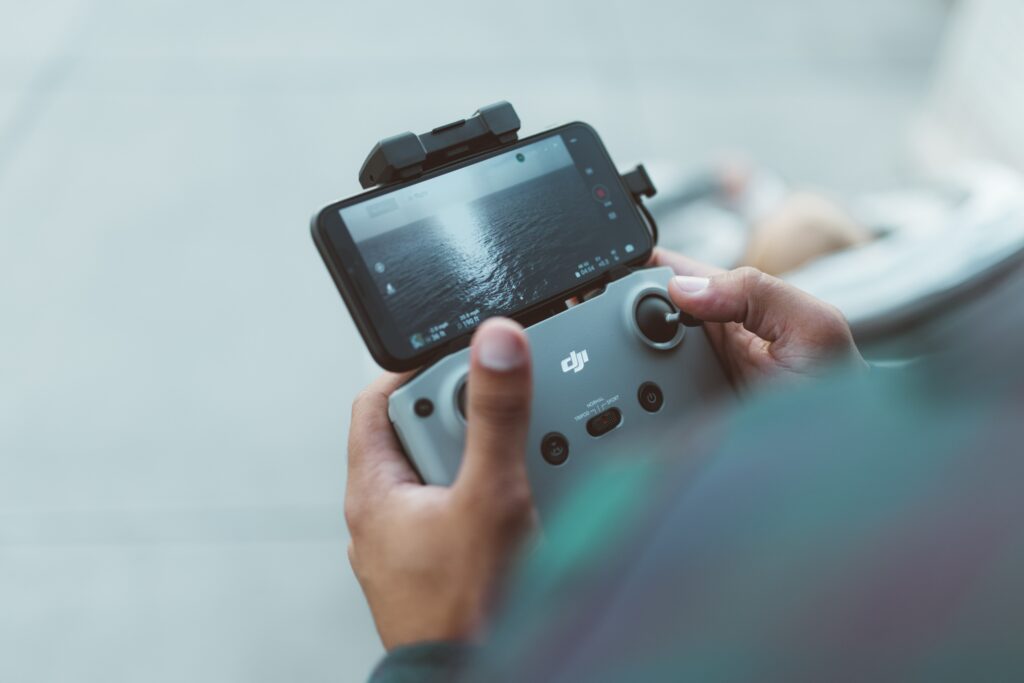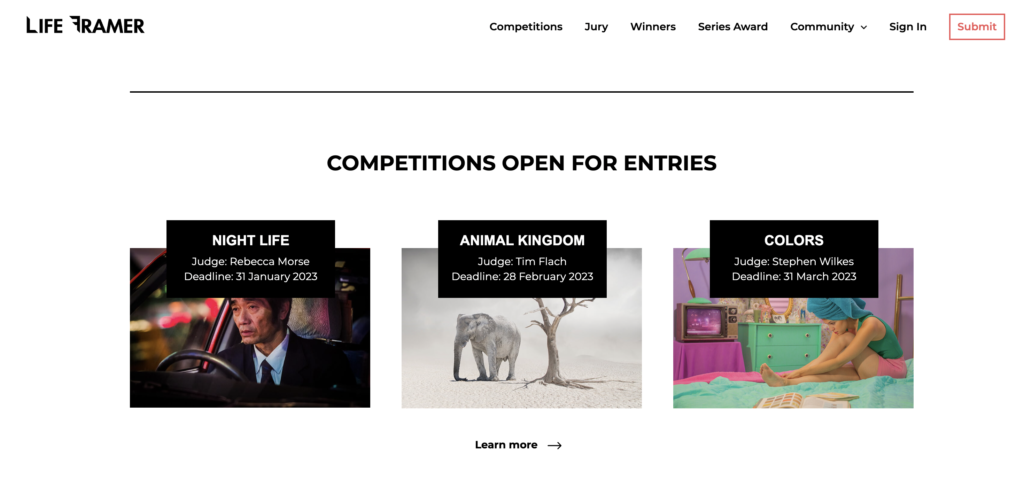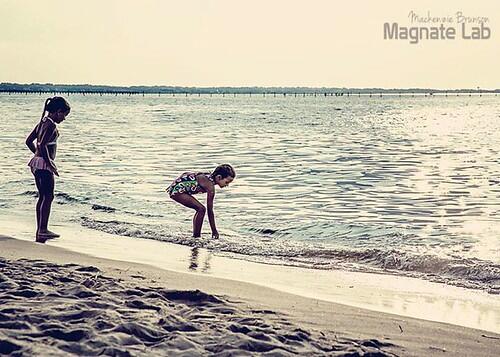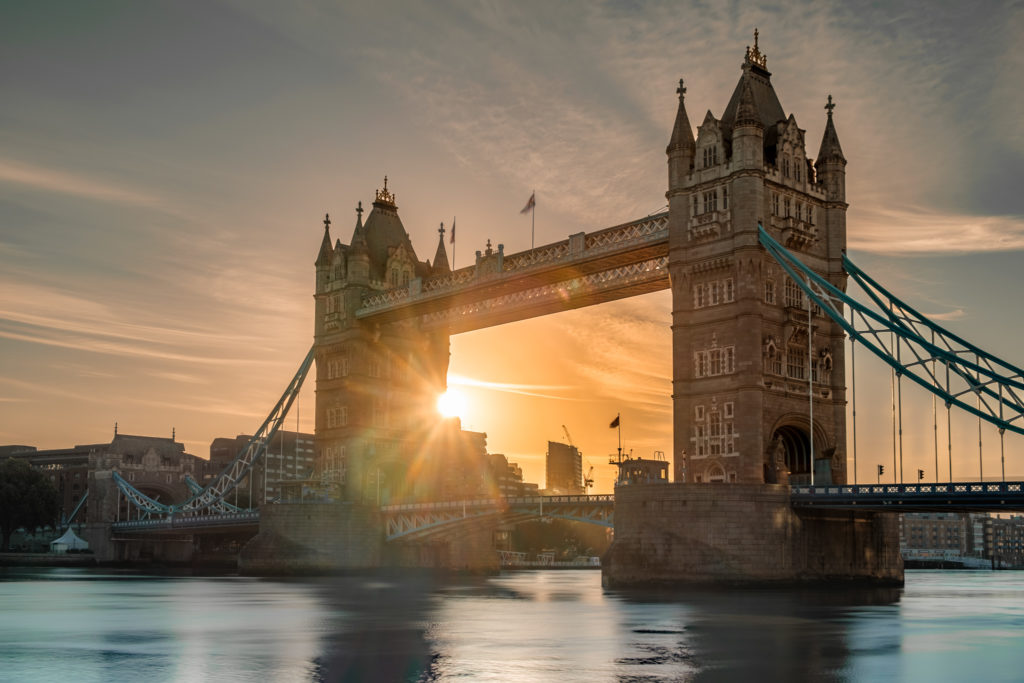Blogging isn't anything new. It has been a big part of social media for quite some time, even though it is not really the same as social media. While a blog has many benefits, what particular benefits does it hold for a photographer? In this post, we will look at some reasons why a professional photographer needs a blog and what are some elements of a good blog.
People Will Get to Know You Better
Well, first of all, people need to know who you are and what kind of person you are. They can’t get that from your business card, and hardly from your portfolio website. Writing for your blog is like talking to someone: you present your character, your voice, or put simply, you get yourself out there. While it certainly works for making new connections, blogs are also good for engaging with an audience and potential clients.
Photo by futureshape
Helps Build an Audience
Shortly, you need a blog because it shows your personality and your skill (through the work you post there). It builds an audience which is good for promoting yourself and for possibly creating additional income from services like adsense by Google. You can also direct the audience to other places, whether it is your social media accounts or your portfolio website.
Additionally you can create a loop which will bring your social media audience (Facebook, Twitter) to your blog, and you can direct your blog audience to your social media accounts. Therefore you optimize the reach to your overall audience.
Photo by Mike Licht, NotionsCapital.com
By utilizing the audience you can set up shop on the blog (or link to one), therefore you can use it as a channel to sell prints and similar products or as an additional tool for people to book you.
Creating Your Own Blog
So, what should your blog contain exactly? That pretty much depends on your style and the time you want to spend on it. But contact info, short bio and samples of your work are a must. Also “widgets” or similar plugins with your social media profiles and website/store, which are important for the loop I mentioned before.
1. Provide Interesting Content, Regularly
In order to engage people to read the blog and to spend some time on it, you need to provide enough interesting content which is posted on a regular schedule. Most photographers don’t know what to post there, and that is pretty much normal because not everybody is born to be a blogger. However, in order to have above average blog the formula is simple: share experiences, give some useful advice and provide fun content for the readers.
2. Share Your Experiences/Projects/Tips
Popular things among bloggers are 365 or 52 projects, experiences from traveling, tips and tricks and so on. But that doesn’t mean that you must do that. Blogs are more personal, so whatever feels most comfortable to you is what you should write about. Just make it interesting enough to keep the readers on your blog and encourage them to come back.
Photo by mkhmarketing
Since you are the photographer, and that blog is just yours, make sure that the content you provide is completely yours. Borrowing content from other people doesn't sit right on your resume and can easily backfire to disaster (photos stealers).
3. Keep Your Posts Well-Structured
Another thing to keep in mind is that it is good to have everything paragraphed neatly. Nowadays people find it hard to read 500 word paragraphs and they often tend to skip them and move on. Make the information easily accessible and useful and make sure the structure is done right. If you want to keep readers engaged and have the search engines help you into getting bigger audiences, make your posts around 500-700 words. Make sure you use proper keywords and use them uniformly through the article but no more than 4-5 times (this is approximate, don’t let it stop you from writing).
Photo by rcade
4. Encourage Discussion Through Comments
It is also very wise to encourage discussion in the comments below a post, since that means audience that will revisit your blog, which increases the chance of having regular viewers which won’t bounce often (bounce is what you will find in the statistics, often in percentage, marks the people that opened your blog and promptly left, this is the value you should keep low). Regular readers are likely to recommend you by word of mouth which is one of the best types of advertisements, especially for freelance photographers.
Most bloggers, at least the ones I follow, write 2-3 articles a week (not counting the ones that run photo projects), and that works pretty good for them. If you aren't sure how the blog should look like, just visit few blog run by famous photographers, like The Strobist, for example.
All in all, you’ll notice that blogging won’t take much of your time, but will surely help you in your career. If you think that I forgot to mention something, or if you just want to share your experience with us, feel free to post it in the comments below.









9 Comments
I have a high level of interest in creating a blog. The above info is useful and encouraging. Will the further reading provide a step by step guidance? As I am not a computer geek, I need a higher level of guidance than the normal photographer. Thanks for your time. Doug
Practically, most of the platforms that offer blogs (wordpress,blogspot etc) offer you guidance along the way of creating the blog. As a photographer you need the content to be suited to photography, for that you will find quite enough tips here on lightstalking, and you can e-mail me if you need something specific.
Cheers!
I started using wordpress this past fall and it is really easy to post. Good luck to you Dvonko!
These are all very helpful advices. I created my blog roughly 2 years ago and it has been slowly but steadily growing, which is of great satisfaction to me, and I believe my growth as a photographer has also increased along the way.
The biggest challenge? Being consistent and finding the time to blog as regularly as possible. My initial goal was to post once per week (I’m talking about posts with multiple, connected pictures, not isolated captures) but soon I realized that was too ambitious, since I spend lots of time polishing each and every post I upload, and in the end quality always won over quantity, so after all these months I have settled in around a post every 2 weeks.
You can check my blog here: https://gonzalobroto.blogspot.com
Quality is always more important than quantity Gonzalo, keep up doing what you do. Never settle for the other way around. I took a peak at your blog and you are spot on, keep on doing that!
Thank you Dzvonko!
I have had a blog for a while now and while I’m not as prolific as the guidelines suggest here, I enjoy sharing tips and tricks and ramblings from my photo exploits. I always link to my main website where I also have some video tutorials to help out a few less experienced photogs. All in all it’s great fun and I enjoy the experience and communication. Feel free to drop by and comment http://www.dwphotoworksblog.wordpress.com Thanks for this article, it is very helpful to all.
Actually, I do believe the argument can be made that quantity (or, rather, the consistency and self-discipline of daily practice) is the surest and most direct route to quality. I do a daily-photo project most years and have found that daily posting is by far the best thing I’ve ever done for my photography (and myself…it’s been life-changing). Sure, when you post every day, you’re not going to blow everyone away with each and every image but you will be blown away by the cumulative effect of all that work and your improvement and evolution as a photographer by the time you’re done. Just my two cents. Happy Holidays!
I use RCS web hosting they are really good and everything is on the cloud so I know I have a great deal of safety and more importantly my site is always up! Great article 🙂